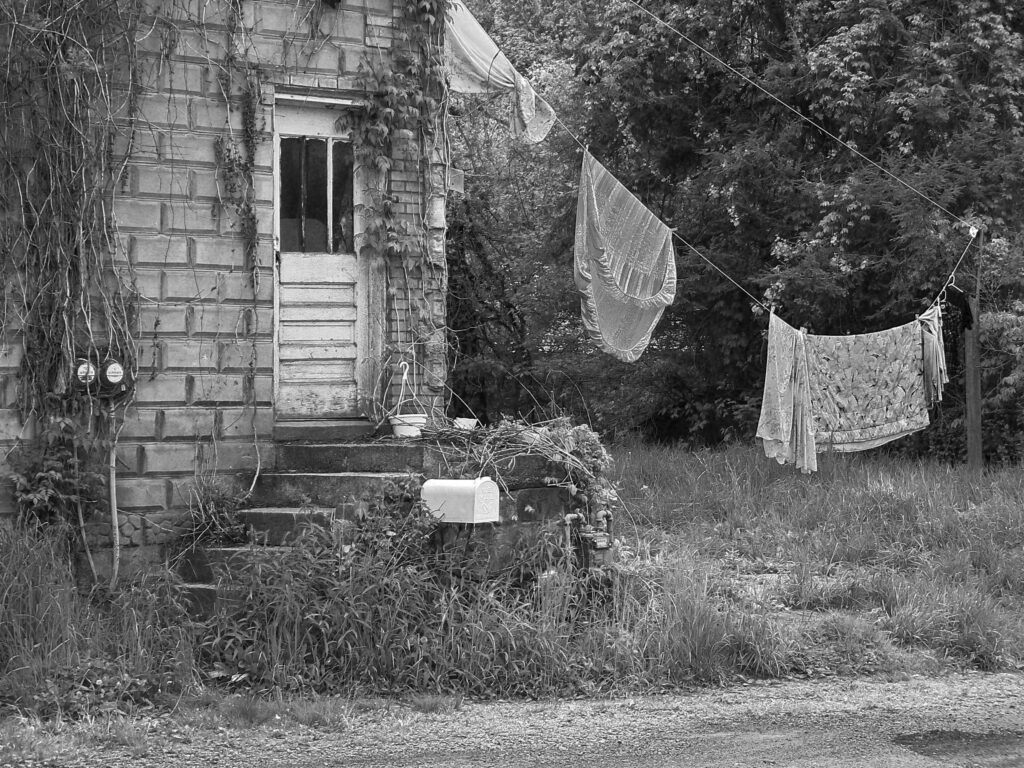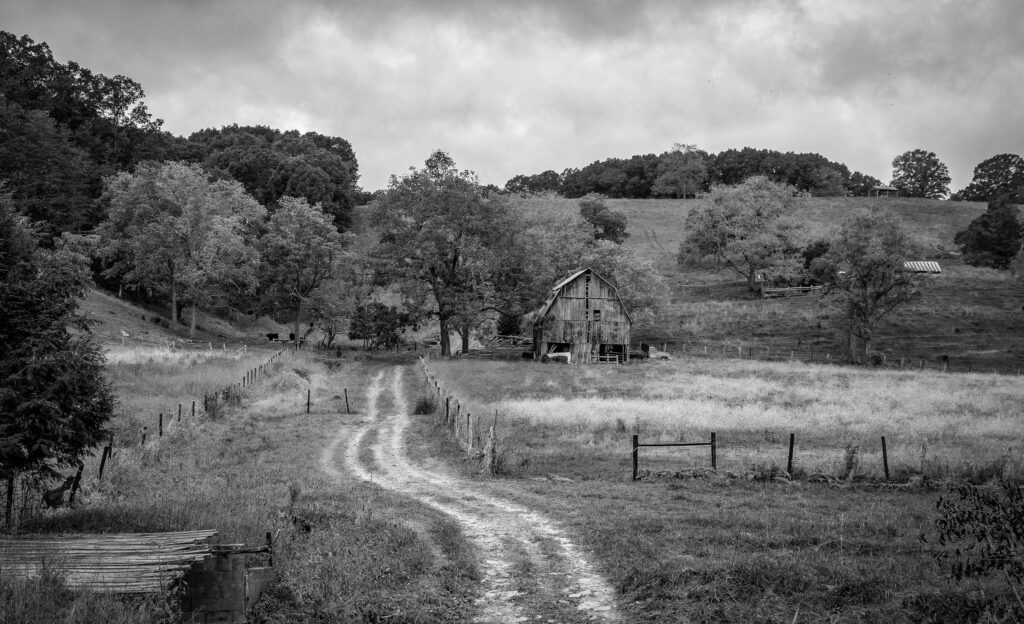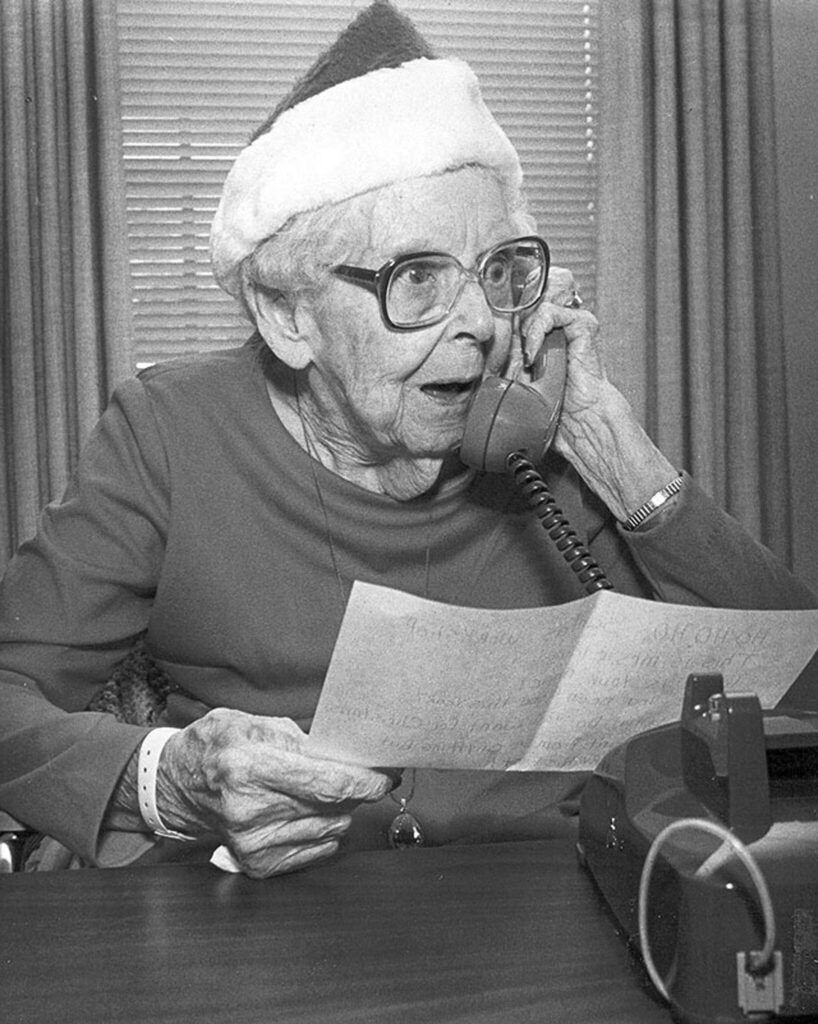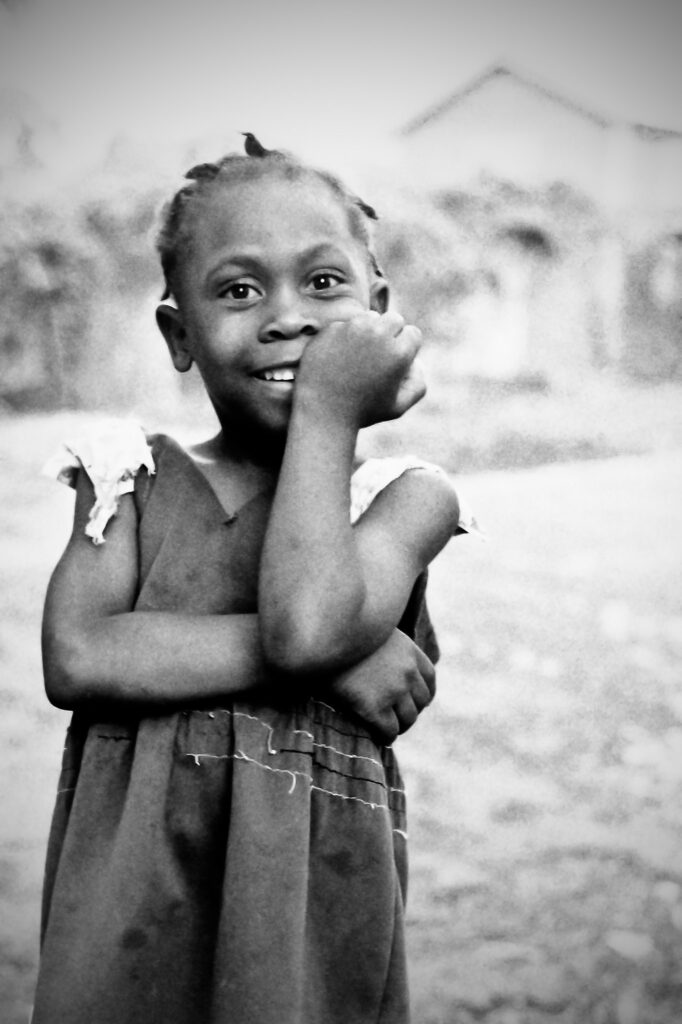
I process most of my images in color, as that what seems to work for the type of photography that I do, mainly back road photos of old farmhouses, churches and the occasional historic structure. Fine art photographers will tell you that black and white images remove the distractions inherent with color, allowing the viewer to focus on the more important aspects like texture, highlights and shadows, contrast, shapes, and detail that can define a subject. I agree wholeheartedly, and love the black and white genre, and use it when appropriate.

When I shoot images with my digital cameras, I have a choice of recording the photo in color or monochrome. I almost always choose color, as the color information can be discarded in post processing, and a final monochrome image produced, giving me the choice of both. I still shoot film once in a while, and usually have a camera loaded with black and white film, especially when I’m going to be shooting subjects that lend themselves to it. A big advantage of black & white film over color, is that the negatives are easily processed at home with minimal equipment. The negatives can then be scanned and post processed digitally, if one so chooses.

A photographer learns to “see” in monochrome, and when shooting, exposes an image accordingly. I prefer black and white when deep shadows and contrast are present. While these may seem harsh in a color image, they can work well for monochrome. I like clouds in my images and choose to go out and shoot when the weather is cooperative. Generally, on those days, the light is flatter and color works well for me. With black and while film, color filters are sometimes needed to bring out the contrast in the sky so that clouds or other detail is emphasized.
I particularly like portraits and candids of people in black & white. Here, in particular, color can be distracting. I’m a big fan of photographers like Dorthea Lange, who recorded photos of people and everyday life in the Great Depression, and Sebastião Salgado, a Brazilian photographers, who travels the world recording poverty and the human condition, as related to globalization. Other great black and white photographers that I admire include Robert Capa, Henri Cartier-Bresson, and Life Magazine photographer Larry Burrows (who was also a master of color).
Back road photography is different than documentary photography. It’s subjects don’t normally make the nightly news, and aren’t timely in the same sort of way. They are, however, just as important. The old farmhouse, or abandoned church that was once the center of activities for a farming community, may very well be gone in a few years. Images of the farms and barns, and plain country folk that we record today in photos will hopefully be around for future generations to appreciate, whether shot in black and white, or color.







Great article, Bob. I have just started playing around with B & W and I find it fascinating. The same color picture in B & W looks totally different. Love your work.
Thanks, Bob. Glad you are enjoying the pictures. Yes, you can get a totally different feel with B&W.
Thanks for your pictures of Hancock County. I grew up in that area but have not lived there for many years. It was so nice to see see some of the backroads of that area and the storm picture was beyond impressive.
Thanks, Lorie.